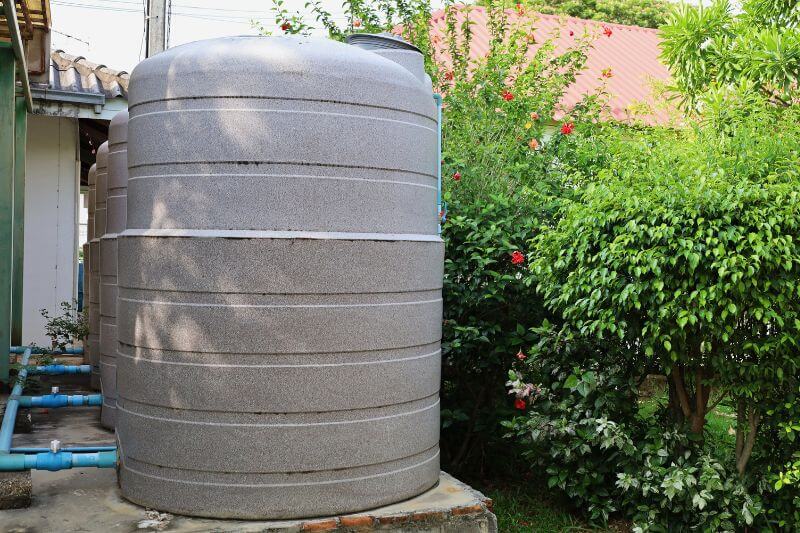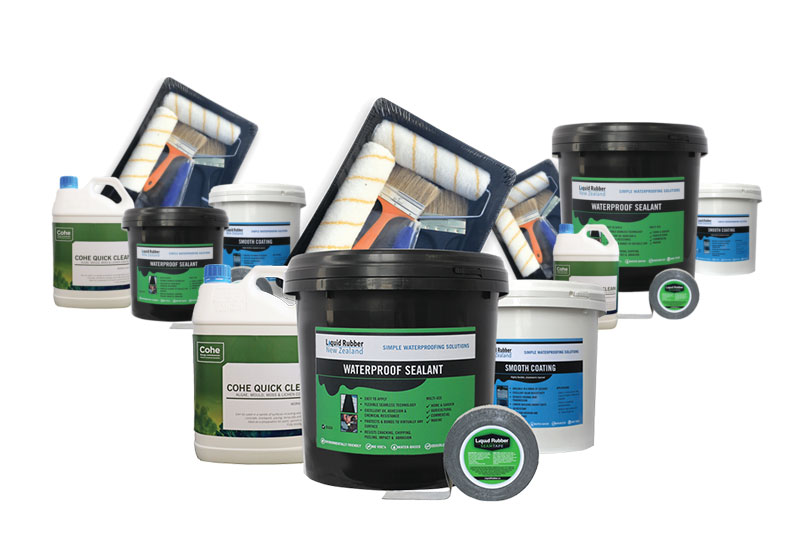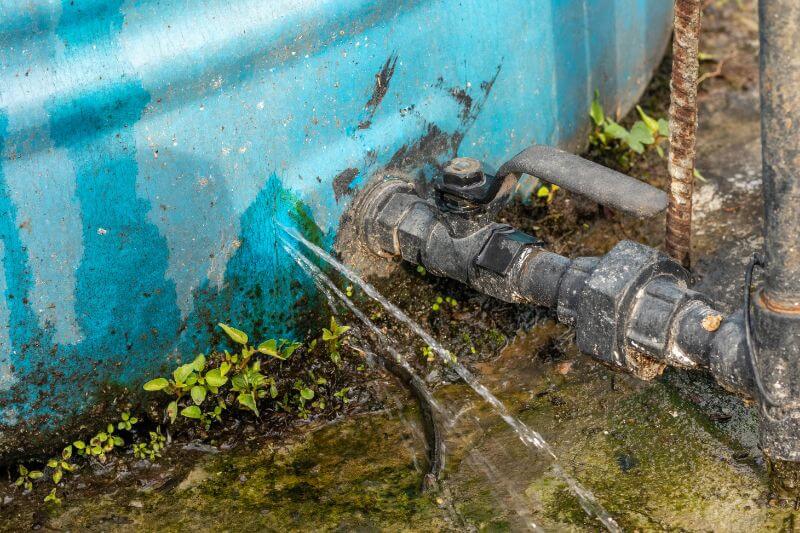
Your rainwater tank is a valuable asset, especially during the wet season when fresh rainwater is abundant!
From watering your garden, washing your vehicles, or supplying water for household needs, the benefits of having a water tank can reduce your reliance on other water sources and contribute to a more sustainable future.
However, a crack in your plastic water tank can hinder its performance and lead to water loss.
Repairing your water tank can be a time-consuming and expensive process. But don’t let a crack dampen your spirits because we have a solution!
We will show you how to effectively fix a crack in your plastic rainwater tank, allowing you to maximise the advantages of wet weather.
With these simple steps, you can restore your tank’s functionality and take control of your water resources – stress-free.
Let’s dive in and learn how to do it!
Fix leaks in your plastic water tank?
Plastic water tanks, like any other type of water tank, can experience leaks if they are not properly maintained or if they undergo damage. It’s important to note that the likelihood of leaks in a plastic water tank depends on various factors, such as the quality of the tank, installation, usage, and maintenance.
Fixing a leak in your plastic water tank is crucial for these reasons:
Water conservation
A leak in your water tank can result in significant water loss over time. By fixing the leak, you can prevent unnecessary wastage and conserve this valuable resource.
Cost savings
Water leaks can lead to increased water bills, especially if the leak goes unnoticed for an extended period. By promptly repairing the leak, you can avoid paying for water that you are not using and reduce your overall water expenses.
Prevent property damage
Water leaks from a tank can cause damage to your property, including walls, floors, foundations, and nearby structures. Fixing the leak prevents water from seeping into these areas and helps avoid costly repairs or potential structural issues.
Preserving water quality
A leak in your water tank can introduce contaminants or allow bacteria and other microorganisms to enter the tank, compromising the quality of the stored water. By fixing the leak, you maintain the integrity and cleanliness of the water supply, ensuring it remains safe for various uses, such as drinking, cooking, and hygiene.
Extending the tank’s lifespan
Addressing leaks promptly helps maintain the overall condition and functionality of the plastic water tank. By preventing further damage or deterioration, you can extend the lifespan of the tank, ensuring long-term reliability and optimal performance.
Our waterproofing solutions are the answer?
Whether you have a plastic, steel or concrete water tank, our waterproofing solutions can help you fix those unwanted cracks.
Step 1: Evaluate the crack
Begin by thoroughly assessing the size and location of the crack in your rainwater tank. Understanding the extent of the damage will help you determine the appropriate materials and techniques required for a successful repair. Inspections should be performed regularly to identify small problems before they become big problems.
- Ensure a satisfactory surface for application and inspect the soundness of the existing substrate
- Confirm that the tank drainage is satisfactory and functioning properly
- If an existing coating is present, determine the compatibility by testing a small area with waterproof sealant
- Ensure there is no moisture trapped in the substrate before coating
- Make sure the water tank isn’t connected to any downpipes that lead into the water tank
Step 2: Clean and prepare the surface
Remove any contaminants such as silicone, oil, grease-flaking paint, dirt, and dust. If you spot any moss or mould, treat it with COHE Quick Clean.
Allow the surface to fully dry, as it must be completely free of moisture before the application of any of our products. Tape off areas you do not want any sealant applied to and bridge joints, seams, vents, and cracks with our Liquid Rubber Seam Tape.
Step 3: Apply Liquid Rubber Primer
Apply 1 layer of Liquid Rubber Primer. 1 litre does two square metres. Leave it to dry for 12 hours. After applying each layer, use as many ventilation systems as possible to get the inside air flowing out of the tank. Also, use heating when necessary.
Step 4: Apply Liquid Rubber Waterproof Sealant
Now you should be ready to apply our most sought-after Liquid Rubber Waterproof Sealant – a versatile and easy-to-use solution for repairing cracks in plastic water tanks.
Use a brush or roller, which can be found in our Application Kit and evenly coat the cracked area with Liquid Rubber, extending slightly beyond the crack’s edges. Apply multiple thin layers for better reinforcement and allow each layer to dry before applying the next.
Coverage:
- Apply a minimum final thickness of 1 litre per 1 square metre; it should be around 2-3 heavy coats
- A 20-litre pail will coat up to 40 square metres. For larger areas, you can pour out and roll around
- Apply the next layer after 12 hours. Tacky is ok. This crucial step ensures a strong bond between the repair material and the tank’s surface
Do not connect the water tank to the downpipes for at least 14 days.
And that’s how you fix a crack in a plastic water tank! Download the full instructions here.
Fix your plastic water tanks with Cohe
Start repairing your rainwater tank today and unlock the full potential of the wet weather!
Never underestimate the importance of addressing serious home repairs, particularly when it comes to water tank leaks. Ignoring such issues can result in extensive damage beyond imagination. By prioritising waterproofing solutions, you can enjoy long-lasting peace of mind while safeguarding your assets.
Contact us if you would like to know more about our waterproofing solutions and how they can help you protect your water tank.
Don’t forget to check out our range of other waterproofing products helping you with your DIY projects, from roofing and decks to driveways!

Cohe are suppliers of innovative construction products that allow for a quick, efficient, environmentally friendly and cost effective repair, for both DIY and commercial applications. Stay tuned for tips and news from our world.


